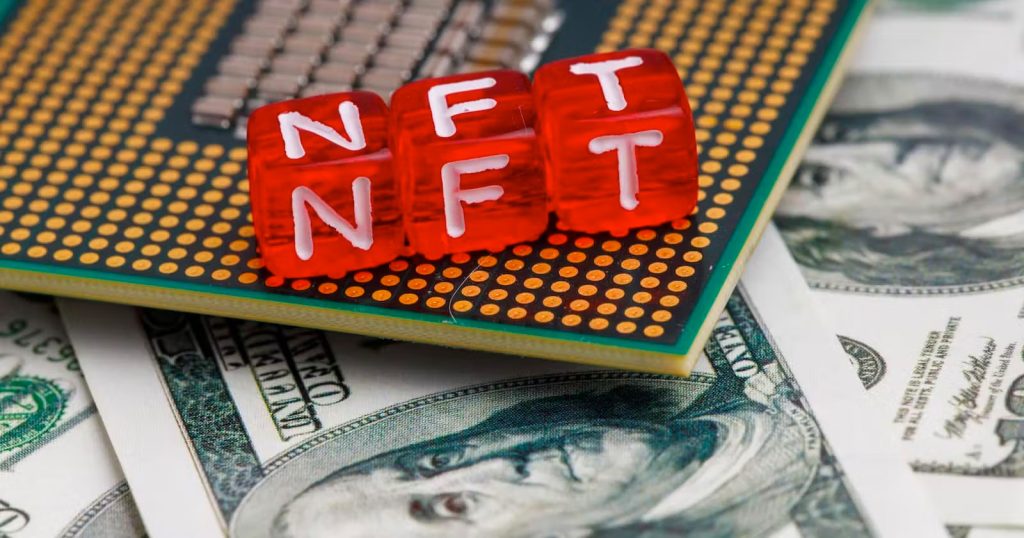The last few years have seen the rise of digital NFTs, with non-fungible tokens taking over gaming, art, music, fashion, and even travel, to name just a few. But have you heard of physical NFTs?
One of the newer developments in the world of NFTs is the creation of real-world physical asset NFTs, with major brands like Nike, Adidas, and GAP creating physical apparel that corresponds with their digital NFTs. In fact, one of the trends that are catching up is converting real estate or land into NFTs.
However, what exactly is a physical NFT? What’s the use of a physical NFT? Read on to learn more about real-world physical asset NFTs.
An Introduction to Physical Asset NFTs
Now, we all know that digital NFTs are crypto tokens that represent pieces of art, fashion, and other unique digital assets. Let’s try and understand what physical assets NFTs are.
There are two parts to every physical NFT.
One is a digital token that is created on a blockchain network using smart contracts. The second part is the real-world asset, such as a physical work of art, clothing, precious metals, real estate deeds, or tickets, that the token is tied to, often using a QR code or NFC tag.
Physical NFTs are also known as phygital NFTs (physical + digital) and use physical assets to back up the value of a digital token instead of digital assets like a video clip, or digital art.
How to buy physical NFTs
Let’s now take a look at how you could go about buying a real physical asset NFT. As an example, let us assume that the physical NFT being purchased is a piece of land.
Verification of ownership
The first thing to do would be to verify all the land ownership documents and make sure the titles are clear.
Minting physical NFTs
Then, a unique NFT for the land is minted, taking into account legal ownership documents for the land, images, and videos of the land, legal data, and other related documents.
Transfer of ownership
The next step is to transfer the ownership of the NFT once the seller has received the agreed-upon price from the buyer in cryptocurrency or fiat money.
New owner privileges
The new owner of the NFT becomes the new owner of the land as well and can borrow against the NFT, mortgage it, lease it out, and even sell or rent only a portion of it.
How physical NFTs are of use
Let’s now look at some of the real-world uses of physical asset NFTs.
Counterfeit prevention
Physical goods can be easily duplicated. However, a physical asset NFT acts as proof of authenticity and prevents counterfeiters from profiting off fake products.
By connecting a physical NFT to a QR code or NFC tag, businesses can trace the history of their products and prove authenticity. This is possible because the digital version of the NFT on the blockchain that is correlated to the physical NFT is tamper-proof, and cannot be duplicated.
Additional transparency
Another use of physical NFTs is that people often cannot accurately judge the value of collectibles, especially if they are second-hand. This is because they do not know the history of the collectible or its current monetary value.
The value of a physical NFT can easily be traced since the blockchain contains the entire transactional history of that item.
Enhanced experiences
Just like digital NFTs grant their owners exclusive access to communities and events online, physical NFTs can give their holders enhanced experiences in the real world as well.
A great example is how counterfeiting and scalping of event tickets can be controlled by converting those tickets into NFTs, and how the owners of those tickets also get extra perks, such as free merchandise and VIP access.
Improved reach
There is a reason why even the big players like Nike, Adidas, and Tiffany are linking their digital NFTs to physical products. That reason is to target the denizens of the Web3 universe and reach out to a wider audience.
What you need to know before buying physical NFTs
Before we leave you planning your first physical NFT purchase, we’d like to leave you with some tips to keep in mind before buying that first physical NFT.
- Remember what we mentioned about owners of physical NFTs being able to sell or rent out small portions of their property? Let’s suppose you bought a painting as a physical NFT investment along with another friend, and you paid 1/3rd of the cost, while your friend paid 2/3rd of it. As the person who owns the larger share of the physical NFT, your friend can unanimously make decisions about what to do with the painting, such as selling it in its entirety, without having to consult you first.
- Digital NFTs are open to hacking threats, and this allows scammers to transfer the ownership of the real-world assets they’re linked to, causing all sorts of trouble. You will need to legally prove ownership of both the digital NFT and the physical one to undo the damage.
- Digital NFTs and their physical counterparts are linked to the owner’s crypto wallet, each of which has a unique key. If the owner forgets their key, selling the NFT can become problematic.
Head over to NFT Kreator to mint and manage the complete lifecycle of an NFT.

